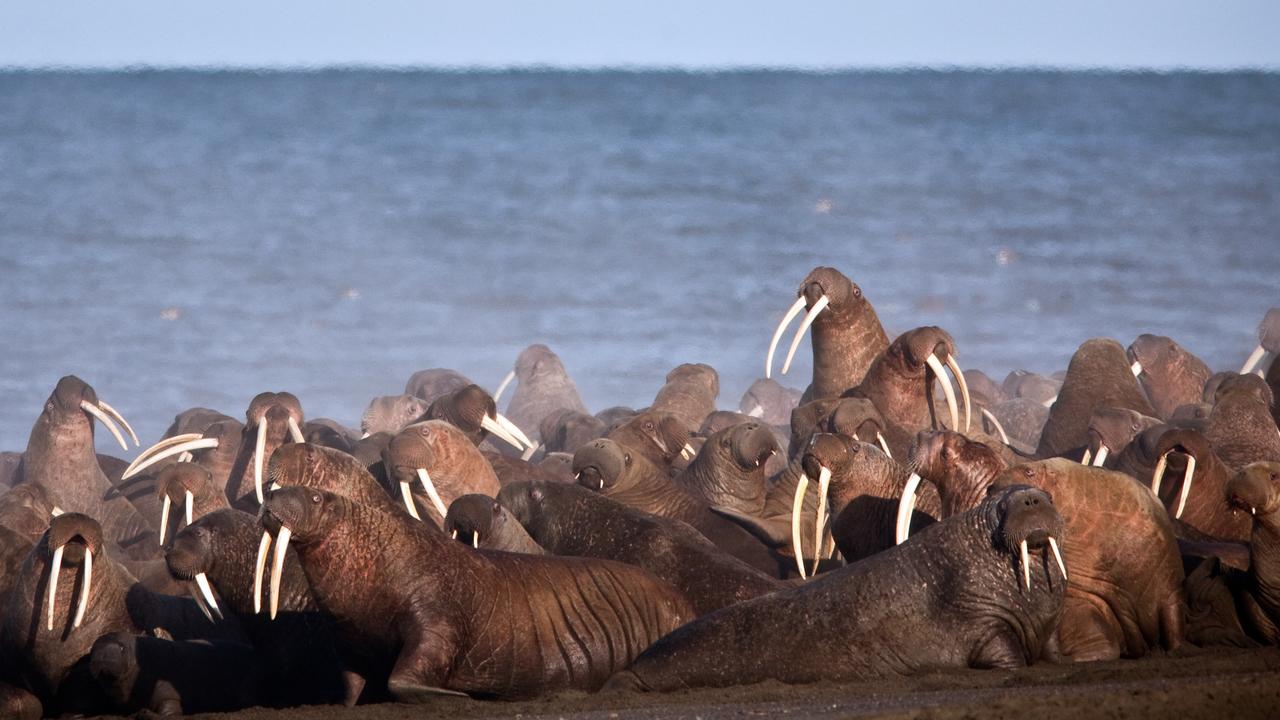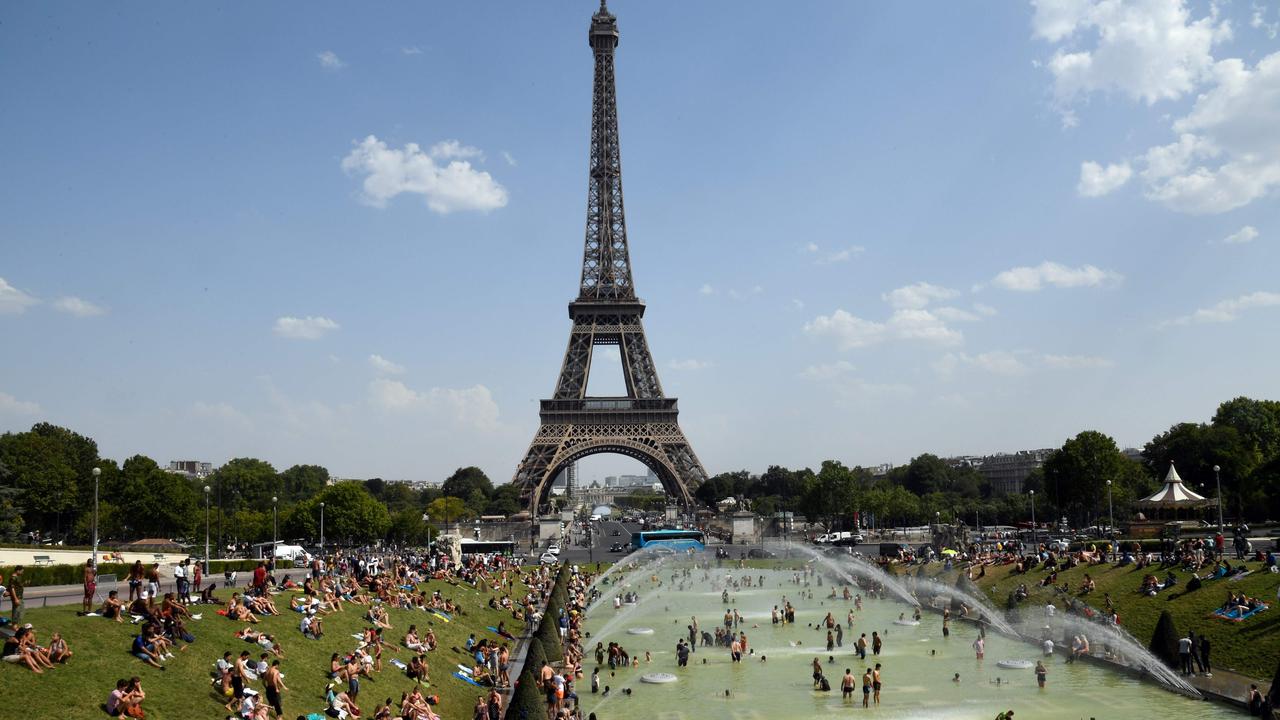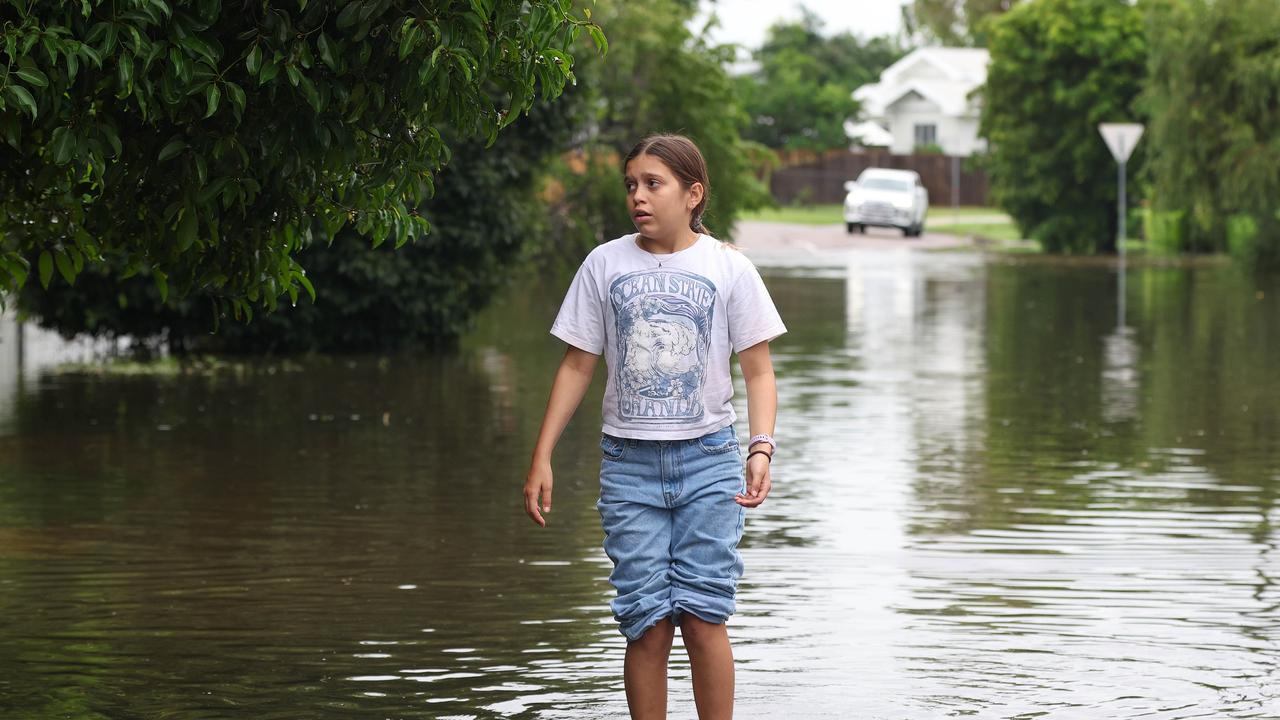Greenland loses a massive 11.3 billion tonnes of ice in one day after hottest July ever recorded
A change is taking place right before our very eyes. Records are tumbling and the results are clearly shown by a frightening map.

Greenland lost so much ice in just two days, the entire country of Germany could be covered in seven centimetres of water.
The massive melting event is just one of a number of records that have tumbled in recent weeks.
July was the hottest month across the globe ever measured, and 2019 is on track to be one of the warmest years, according to data released Monday by the European Union’s Earth observation network.
Yesterday, the International Panel on Climate Change (IPCC) released its latest report highlighting that land surface temperatures have increased by double the global temperature.
Records have tumbled in searing heatwaves across Europe last month, with unusually high temperatures around the Arctic Circle as well.
Wildfires unprecedented in scope and intensity burned in Siberia and Alaska, releasing more than 100 million tonnes of CO2 into the atmosphere across June and July.
Last Thursday Greenland’s ice sheet lost 11.3 billion tonnes of ice in one day, its highest single-day total since 1950, a senior researcher at the National Snow and Ice Data Centre in the US told the Washington Post.
Climate scientist Martin Stendel posted an alarming map showing the amount of ice lost in Greenland.
He noted the amount of ice that melted in just two days could cover the US state of Florida in 12cm of water or Germany in seven centimetres of water.
Ongoing extreme melt event in #Greenland. The amount of ice that melted from the surface of the ice sheet just during the last two days would be enough to cover #Florida with almost five inches of water. pic.twitter.com/c4zeD8YNCT
— Martin Stendel (@MartinStendel) August 2, 2019
In total, Greenland’s ice sheet lost nearly 200 billion tonnes of ice in July alone, according to the Danish Meteorological Institute.


Alaska’s ice sheet also melted early this year, with thousands of Pacific walruses coming to shore off the US state’s northwest coast in their earliest appearance since sea ice has substantially receded.

“This is the earliest date that large numbers of walruses have been confirmed on shore at Point Lay,” a US Fish and Wildlife Service spokeswoman confirmed.
Young walruses use the sea ice as a resting place while their mothers find clams and snails to eat. But they are increasingly being forced to rest in beaches in Alaska and Russia instead, which leaves them at risk of being crushed by a stampede if a polar bear, aeroplane or hunter startles the herd.
Since 1981, an area almost the size of Queensland — 1.58 million square kilometres — has become unavailable to Arctic marine mammals by summer’s end, according to the National Snow and Ice Data Centre.
Federal biologists have documented walrus herds as large as 40,000 animals in recent years.
‘NOT SCIENCE FICTION’
The European Union’s Copernicus Climate Change Service said July was the warmest month recorded globally by a small margin. It was 0.04 degrees higher than the previous record-hot month, July 2016.
The new record is even more concerning because the 2016 record followed a strong El Nino, which is a natural weather event that raises average global temperatures every three to seven years.
“July has rewritten climate history, with dozens of new temperature records at local, national and global levels,” World Meteorological Organisation Secretary-General Petteri Taalas said in a statement a few days ago.
Global warming, he added, was clearly to blame.
“This is not science fiction,” he said. “It is the reality of climate change.”
Every month so far in 2019 ranks among the four warmest on record for the month in question, with June being the hottest June measured, the Copernicus team said in a press release.
Compared with the 1981-2010 period, average July temperatures this year rose highest in Alaska, Greenland, Siberia, central Asia, Iran and large swathes of Antarctica. Africa and Australia were also well above average.
RELATED: IPPC report reveals how much people’s eating habits are costing them

Copernicus is the first of the world’s major satellite-based climate monitoring networks to report average July temperatures, and the margin of increase is small enough that other networks, such as the US Government’s National Oceanic and Atmospheric Administration (NOAA), may not get the same result.
But scientists say every year in the 21st century except one has been among the hottest on record.
“All of this means that we are on track for the period from 2015 to 2019 to be the five hottest years on record,” UN Secretary-General Antonio Guterres said late last week.
“We have always lived through hot summers, but this is not the summer of our youth. This is not your grandfather’s summer.”
Accurate temperature records extend into the 19th century, starting around 1880.
Europe has endured two exceptionally strong heatwaves in a matter of weeks.
Record highs tumbled across France, with the mercury peaking at 46C on June 28 in the southern town of Verargues. The previous record, set back in 2003, was 44.1C.
The second wave of heat pulverised Paris’s all-time high last month: Meteo France measured 42.6C in the French capital on July 25 — more than 2C hotter than the previous high, set more than 70 years ago.
In the first half of the year, temperature records were also shattered in New Delhi, Anchorage, Santiago and part of the Arctic Circle.
The Paris Climate Agreement aims to cap global warming at “well below” 2C above pre-industrial levels. The year 2018 was about 1C above it.
— with AFP and AP



